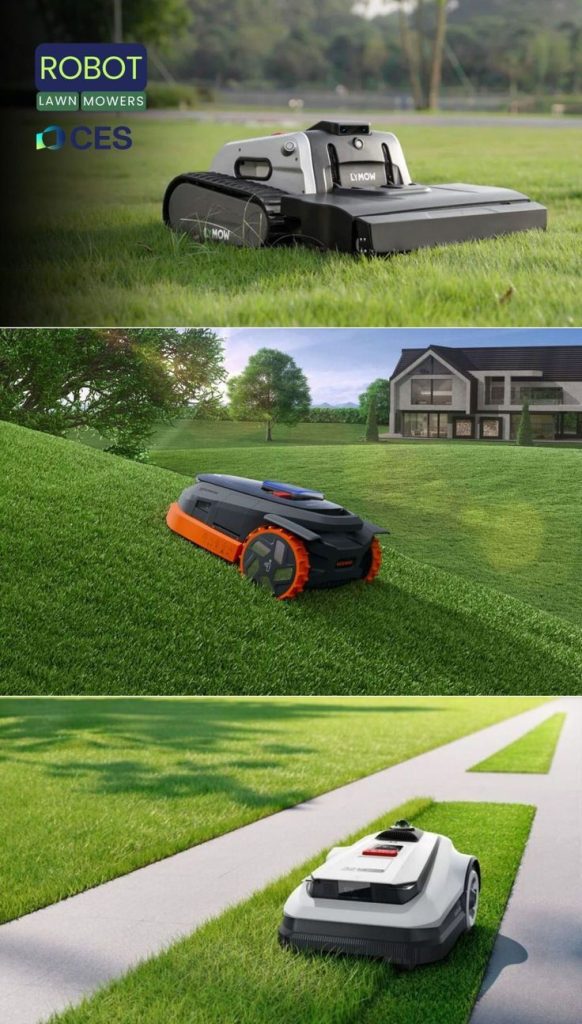A well-maintained garden often features neatly hedge trimmers, shrubs, and bushes that define its aesthetic. To achieve this, a reliable hedge trimmer is an essential tool. However, with a wide array of options available – from powerful gas models to convenient battery-powered units and lightweight corded versions – choosing the “best” hedge trimmer for your specific garden can be a daunting task. This guide will walk you through the key factors to consider, helping you select the perfect tool to keep your greenery in pristine condition.
1. Assess Your Garden’s Needs
Before looking at specific models, evaluate the characteristics of your hedges and shrubs:
- Size and Density of Hedges:
- Small, Young Hedges/Light Pruning: You might only need a lighter, less powerful trimmer.
- Medium-Sized, Established Hedges: A mid-range power tool will be suitable.
- Large, Overgrown, or Woody Hedges: You’ll need a more powerful trimmer with a larger cutting capacity.
- Branch Thickness: Measure the typical diameter of the branches you’ll be cutting. This will dictate the required “blade gap” of your trimmer.
- Access to Power: Do you have outdoor electrical outlets conveniently located, or do you need complete cordless freedom?
- Garden Layout: Are there many obstacles, tight spaces, or areas far from a power source?
- Frequency of Use: Will you be trimming regularly for maintenance, or occasionally for heavy cutbacks?
2. Choose Your Power Source
The power source is arguably the most fundamental decision, influencing power, mobility, and maintenance.
- Battery-Powered (Cordless) Hedge Trimmers:
- Pros: Unrestricted mobility, quiet operation, zero emissions, instant start, low maintenance. Rapidly advancing in power and run-time.
- Cons: Limited runtime per charge (though often sufficient for residential use), batteries require charging, higher initial cost than corded.
- Best For: Most homeowners with small to large residential gardens who value convenience, quietness, and environmental benefits.
- Corded Electric Hedge Trimmers:
- Pros: Lightweight, very affordable, consistent power (no battery drain), no emissions, minimal maintenance.
- Cons: Limited by cord length and outlet access, tripping hazard, less powerful than gas.
- Best For: Small gardens with easy access to power outlets, light trimming tasks, and budget-conscious buyers.
- Gas-Powered Hedge Trimmers:
- Pros: Most powerful, ideal for very thick branches and large, dense hedges, continuous operation (just refuel).
- Cons: Heavy, noisy, produce exhaust fumes, require fuel mixing and more maintenance (spark plugs, filters, carburetors), can be difficult to start.
- Best For: Large properties with extensive, overgrown, or woody hedges where maximum power and continuous operation are paramount.
3. Key Features to Prioritize
Once you’ve narrowed down the power source, look for these features:
- Blade Length:
- Shorter Blades (18-22 inches): Offer greater control and precision, ideal for shaping, intricate work, and smaller shrubs.
- Longer Blades (24-26+ inches): Efficient for covering large, straight hedges quickly.
- Blade Gap (Cutting Capacity): The maximum diameter of branches the trimmer can cut. For general residential use, 3/4 inch to 1 inch is common. For thicker, woody growth, look for 1 inch or more.
- Motor Type (for Electric/Battery): Brushless motors are highly recommended. They are more efficient, deliver more power, have longer run times, and offer extended tool life.
- Weight and Balance: A lighter, well-balanced trimmer reduces fatigue and improves control, especially crucial for precision work or extended sessions.
- Ergonomics and Handle Design:
- Wrap-Around or Rotating Rear Handles: Allow for multiple comfortable gripping positions, enabling trimming at various angles without wrist strain.
- Soft Grips: Enhance comfort and reduce vibration.
- Low Vibration: Minimizes user fatigue and helps maintain steady hands for accurate cuts.
- Safety Features: Look for a two-hand safety switch (requires both hands to operate), blade tip protectors, and clear blade guards.
4. Consider the Brand Ecosystem
If you already own other battery-powered tools (e.g., a lawn mower, leaf blower) from a specific brand (like EGO, RYOBI, Greenworks, DEWALT, STIHL), choosing a hedge trimmer from the same brand means you can share batteries, saving money and reducing clutter.
Conclusion
Choosing the best hedge trimmer for your garden involves a thoughtful assessment of your specific needs, the type of hedges you have, and your personal preferences for power, convenience, and maintenance. By carefully considering the power source, blade characteristics, ergonomic design, and safety features, you can select a hedge trimmer that not only meets your demands but also makes the task of maintaining your garden an efficient and enjoyable experience.


